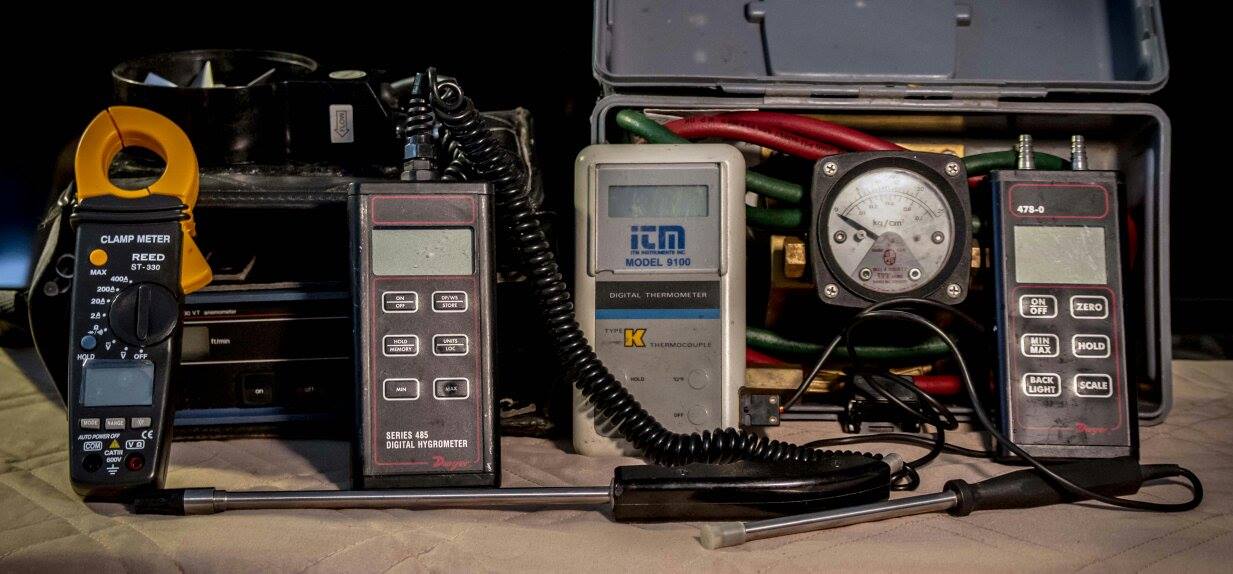Window Installation, How to install windows

Window installation speaks to types of window installation, how to install windows and the techniques and methods suggested to install windows. There is catalog information available which gives an idea of the information on the U factors of different window configurations to help the designer.
There are varied window frames available such as Aluminum without thermal break, Aluminum with thermal break, Steel, Wood, clad wood and Vinyl and GFRP. These frames have window glass options of Single glazed, Double glazed clear and Double glazed, Low e and Argon gas.
Note that comparative U Factors for some window frame and glazing combinations. Lower values correspond to better thermal performance. The frame material has a significant impact on the overall performance of thr window assembly. The thermal transmittance of any particular window is influenced by the properties of the glazing and frame, the size of the window, whether the window is operable or fixed and other related factors.
Important dimensions given in catalogs are those of the rough opening and masonry opening. The rough opening height and width are the dimensions of the hole that must be left in a framed wall for the installation of the window. They are slightly larger than the corresponding outside dimensions of the window unit itself to allow the installer to locate and level the unit accurately and to ensure the window unit is isolated from structural stresses within the wall systems.
The masonry opening dimensions indicate the size of the hole that must be provided if the window is mounted in a masonry wall. A rough opening or masonry opening should be flashed carefully before the window is installed in order to avoid later problems with leakage of water or air.
At a minimum, this flashing may be done with asphalt saturated felt. A better result is obtained by using adhesive backed flashing materials or metal. Adhesive backed flashings may be made of rubberized asphalt, similar in composition to the rubberized roof underlayment frequently used along the eaves of the roof, reinforced plastic, or synthetic fibers designed to be compatible with proprietary building wrap products. Metal used for flashing must be corrosion resistant.
Most factory made windows are extremely easy to install, often requiring only a few minutes per window. Windows that are framed or clad in aluminum or plastic are usually provided with a continuous flange around the perimeter of the window unit. When the unit is pushed into the rough opening from the outside, the flange bears against the sheathing along all four edges. After the unit has been located and plumbed which means made level and square in the opening, it is attached to the frame by means of nails driven through the flange.
Then all the edges of the flange should be made air tight. The flanges are then eventually concealed by the exterior cladding or trim.
Methods for anchoring window units into masonry walls vary widely, from nailing the unit to wood strips that have been fastened inside the masonry with bolts or power driven fasteners to attaching the unit to steel clips that have laid into the mortar joints of the masonry. The window manufacturer’s recommendation should be followed in each case.
Return from Window Installation to Home Page
Return from Window Installation to Explain Windows
Hard copy and E book for sale. Introduction to Building Mechanical Systems. Click here.